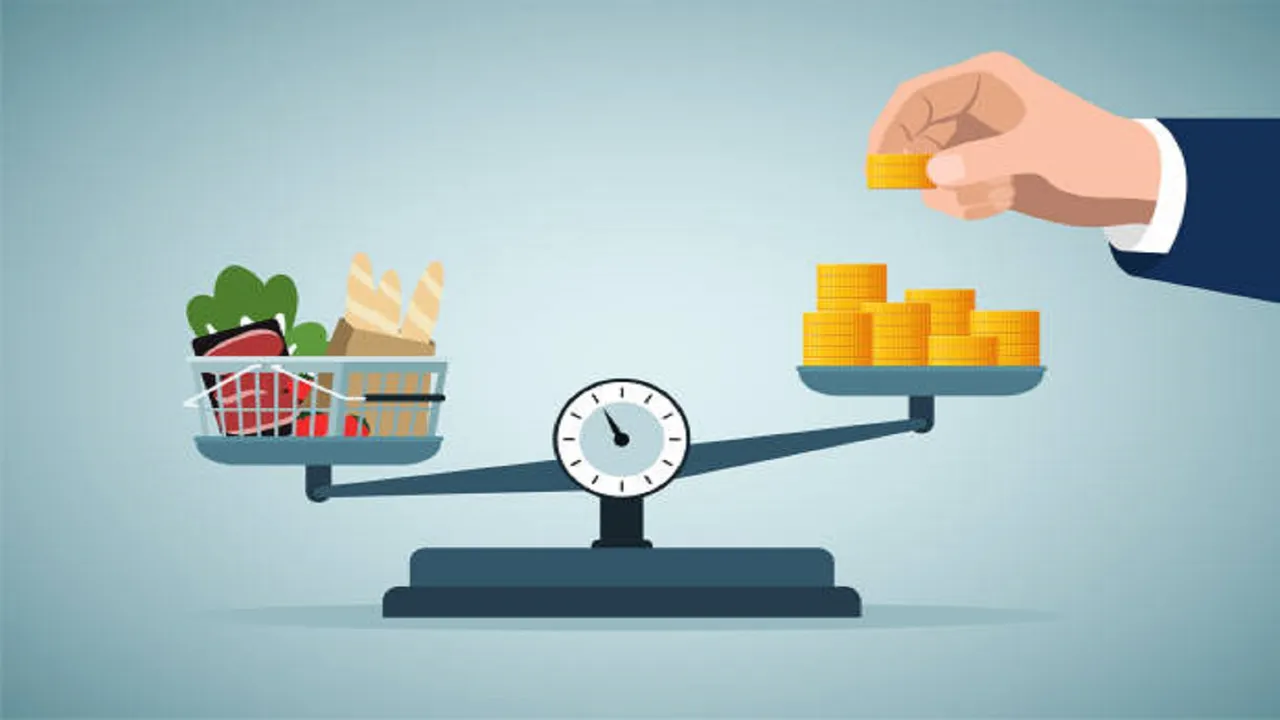
Src: iStock
In recent years, inflation has surged significantly and it has been a hot topic for economies across the globe. In the United States, in May 2022, inflation hit 8.6% which has been the highest since 1981.
The spike has been fueled by things like supply chain problems and shortage of labour. Before this surge, inflation averaged around 2.3% from the year 1991 to 2019 only going over 5% four times in that span. So, early 2022's numbers were nearly four times higher than what was noticed in early 2020.
On the global level, inflation peaked in July 2022 at levels that you may not have seen since the mid-1990s. This surge has been influenced by recovering demand as economies bounced back from the pandemic along with the ongoing challenges with the supply chain. Since Covid-19, almost every advanced economy experienced remarkable price surges with many countries experiencing inflation rates at least double what they were before the pandemic.
There were also some notable regional differences. For example, Turkey faced an astonishing annual inflation rate of 54.8% in early 2022. Countries like Greece and Italy saw dramatic surges too. Italy's rate went up from 0.29% to 5.67% over just two years.
The pandemic really affected global supply chains which has led to shortages and higher prices for many goods. At the same time, as economies reopened, consumer demand increased, putting even more pressure on those already strained supply chains.
The surge in inflation is a complex mix of many factors including pandemic disruptions, changing consumer behaviors, and monetary policies. Policymakers are now focused on finding effective ways to tackle the challenges as inflation continues to impact consumers and economies globally.